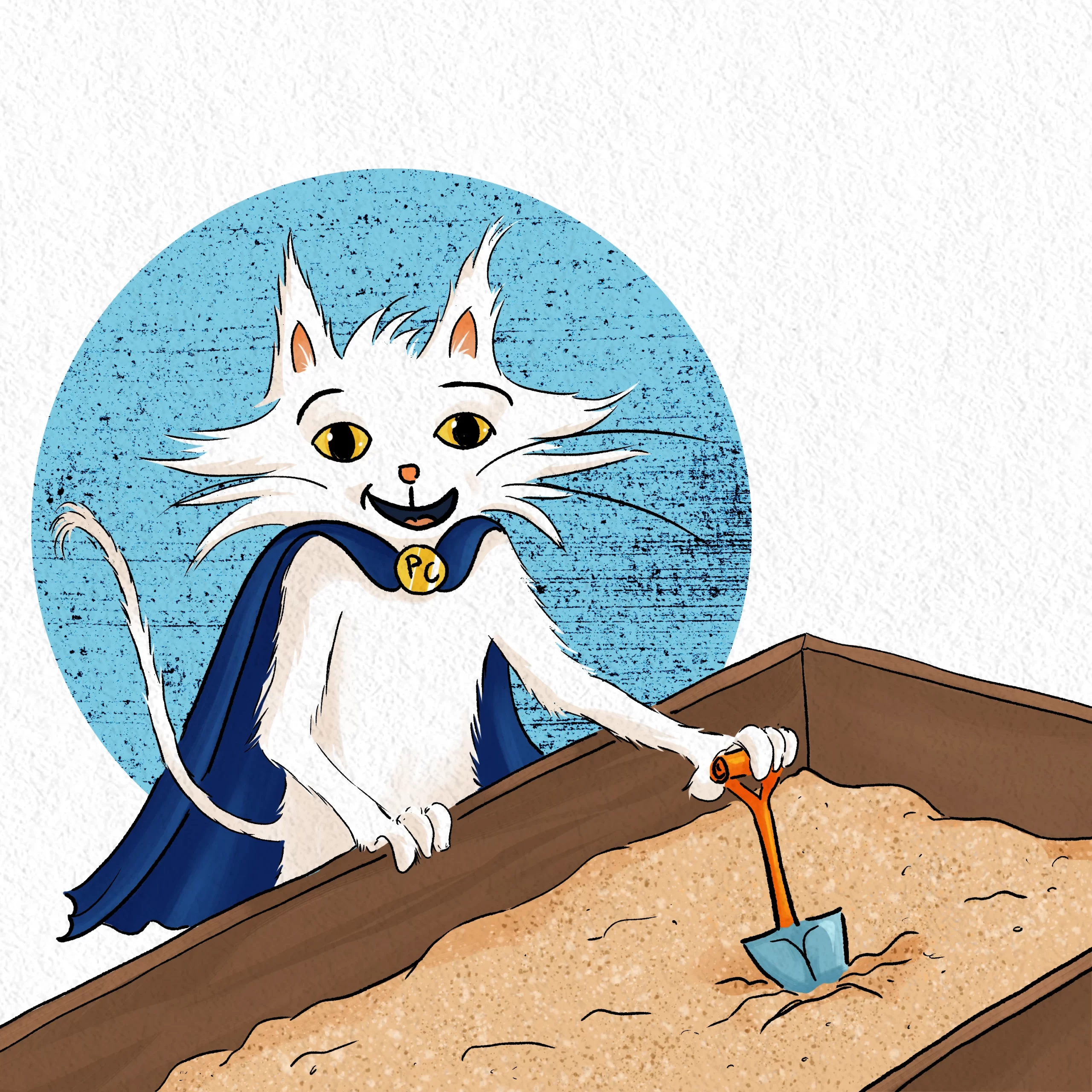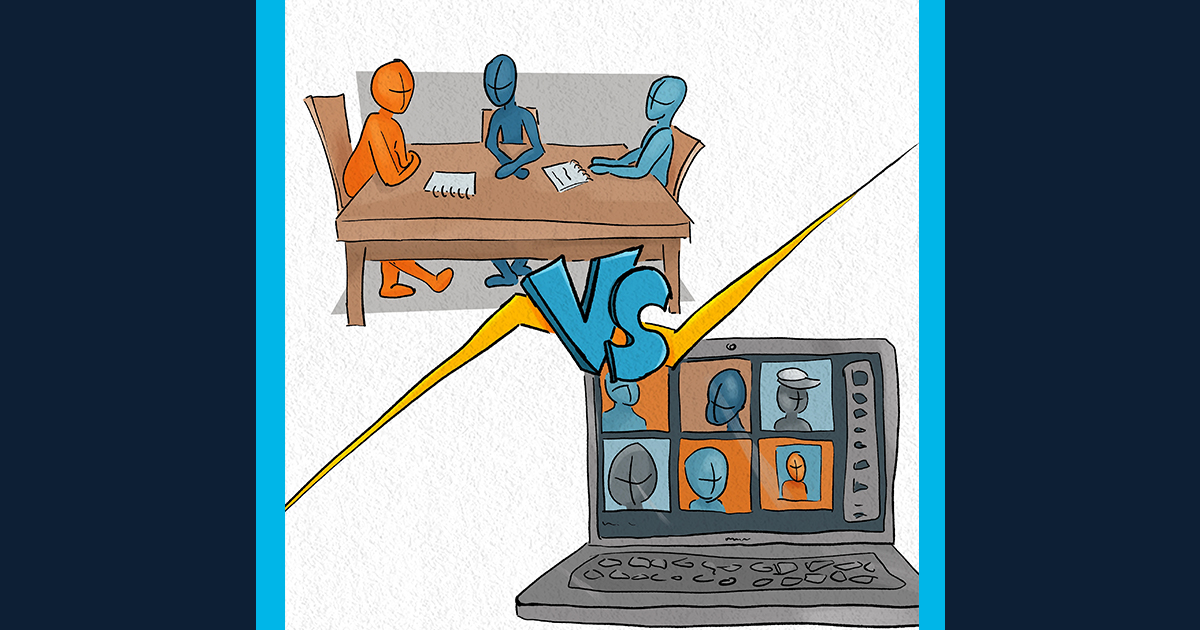4 learnings from MD&M East 2019
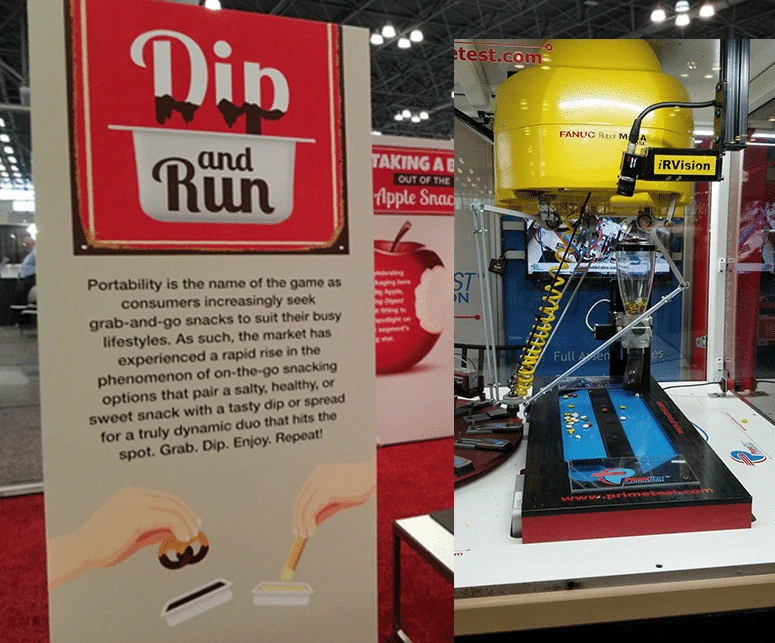
This past week I attended MD&M East 2019, one of the largest manufacturing conventions in the northeast. Here are 4 things I learned:
1) The technology surrounding 3D Printing is improving Manufacturing 2019!
First off, let’s just acknowledge that 3D Printing is a much cooler name than Additive Manufacturing. I assume that’s why it’s so much more widely talked about than, for example, CNC. But as a technology it’s long been plagued by issues like drift (meaning repeatability is not great.) And, time-intensive post-processing requirements have been a barrier to widespread implementation and scaleup. Progress is being made on these issues, though!
At a sponsored session at MD&M this year, MarkForged presented their newest software called Blacksmith, which allows the printer to actually “know” what it’s building as it’s building it (by receiving information from inspection equipment) – so it can course-correct in real time by making adjustments to how it prints the next layer! It also includes a machine learning element so it gets “smarter” as it builds more of the same item.
Companies are also offering equipment that helps with the post-processing piece. For example, FisherUnitech displayed equipment that expedites support removal and automates surface finishing, among others.
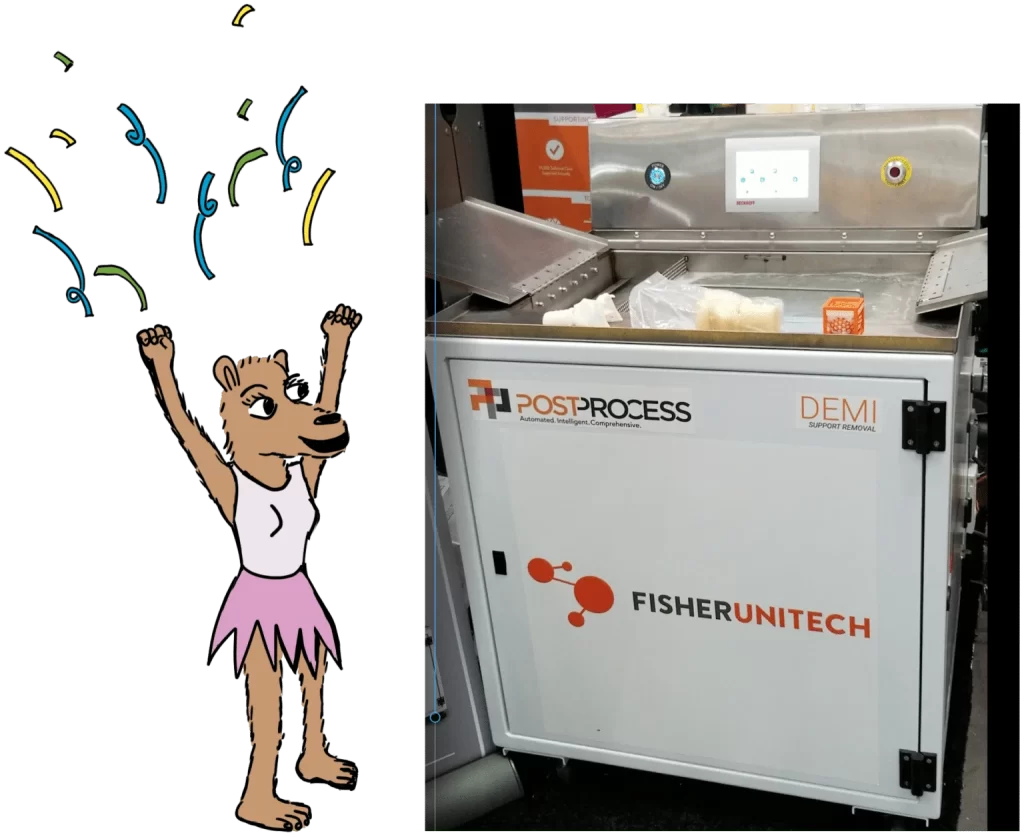
2) Sustainable and renewable packaging are hot areas!
MD&M, like all my favorite conventions, has speaker sessions and panel discussions. At most of the sessions there were plenty of chairs. But I noticed that TerraCycle CEO Tom Szaky’s presentation on his new LOOP project and also for the panel discussion on sustainable packaging, it was standing room only!
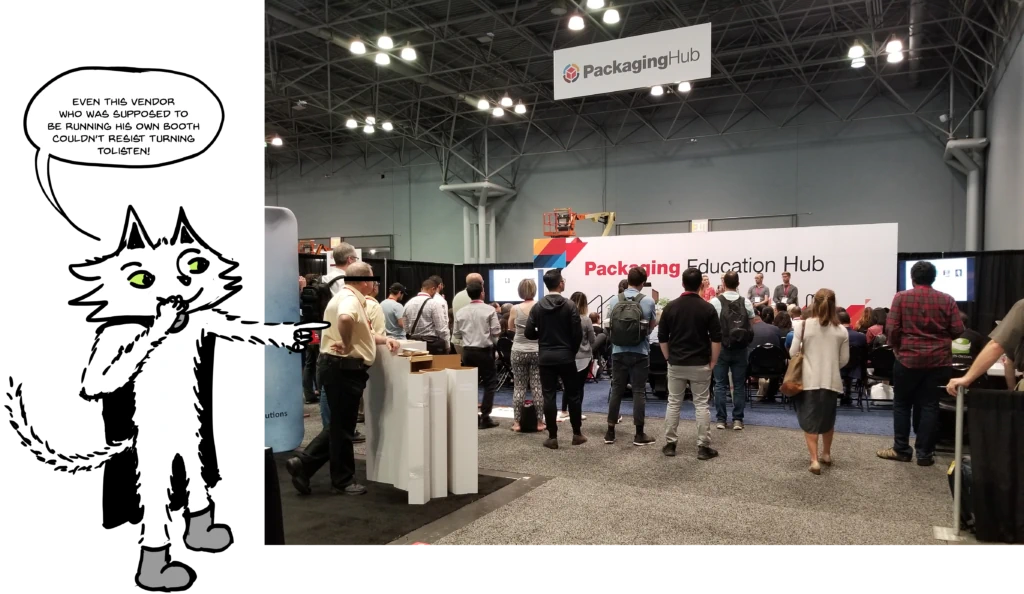
The talk on LOOP in particular demonstrated some innovative thinking. Szaky showed some images of the infamous Pacific Garbage Patch and pointed out that “the problem with plastic packaging isn’t plastic; it’s using something once.” LOOP, therefore, offers products delivered in reusable packaging that is owned by the supplier (deposit paid by the customer.) Then the empty packages are picked up and replaced with full ones. He called it “the Milkman model” since this is the way milkmen used to distribute milk to homes.
One of the coolest parts of this model is that the companies actually have an incentive to compete on a factor Szaky called “customer delight.” He showed some examples such as Hagen-Daz ice cream pints, now available on LOOP’s store in double-walled stainless steel. I have to admit, this whole concept interested me more as a consumer than as a dispassionate reporter. I signed up for an account to try it myself!
Note: Currently LOOP is only in a few US states (NY, NJ, MD, PA, and Washington DC); the UK, and Paris. But expansion into other markets is planned soon.
3) “The AirBnB of manufacturing 2019”
Ben Redwood and his coworkers at 3D Hubs believe that contract manufacturing is an industry ready for disruption just like hotels have been by AirBnB, or Taxis by Uber and Lyft. 3D Hubs is an online marketplace that brings together contract manufacturers with people who want to get something made. (Currently the platform supports 3D Printing, CNC Machining, and Injection Molding.)
The platform also includes a tool which checks the part for manufacturability. (For example it checks whether the walls are too thin, or whether there is a section of material that will be difficult to remove from a CNC part.) This allows the customer to improve their part’s design for manufacture BEFORE contacting suppliers (the opposite of how this tends to be done currently) which should save some time.
Of course, like any distuptor this new platform has the potential to introduce new problems: moderator Rob Spiegel brought up the uncomfortable question of whether 3D Hubs is doing anything to prevent people from using this service to make it easier to sneakily make guns or other unlicensed weapons. (By having each component made by a different manufacturer so it would not be obvious what they were making.) Redwood admitted that 3D Hubs did not have the capability to monitor every transaction for this, but did say that they were aware of the potential problem and that their solution was to train their suppliers for things to watch out for.
Still, the transparent pricing and wide availability of information should be a huge democratizing force to what is in many ways an “old guard” industry dominated by phone and email quote requests. Now anyone will be able to sit at a computer and make an informed purchasing decision in a way that hasn’t been possible. Very exciting!
4) Don’t be taken in by the “New Shinys” of Manufacturing in 2019
This isn’t new advice but several presenters at the Automation and 3D Printing hub (including the host Rob Spiegel ) reiterated the expense and time required to actually recoup the investment you’ll make by buying a 3D printer, especially a metal one. People tend to get excited by the promise of new technology and overlook things like training time for their employees, troubleshooting, post-processing, even sometimes things like required facilities changes to run the equipment safely and legally.
Spiegel cited one small business that bought a $1 Million metal 3D printer….only to realize after that they needed to come up with another $400k to modify the building’s HVAC before they could use it! They might have been better off using a contract manufacturer or even sticking with another production method. This is a tale as old as time but it bears repeating: new technology is exciting but don’t let it cloud your judgement and distract you from your real business objectives.
Well, that’s it for MD&M! Next post will return to the Yield series.
Weekly Challenge
Challenge for this week? Look up some of these new trends and think about how you can capitalize on them in your business. What do you think about these new trends?

